Analog Turbidity Sensor Module — Product Overview
The Analog Turbidity Sensor Module measures the turbidity or cloudiness of water caused by suspended particles, sediments, or impurities. It uses an optical light-transmission and scattering principle to detect how much light passes through a sample and converts that information into an analog voltage output proportional to turbidity. This makes the module easy to integrate into DIY and professional monitoring systems.
How It Works
The sensor emits a light beam through the water sample and measures transmitted and scattered light with a photodetector. Clear water transmits more light and yields a lower voltage reading, while turbid water scatters more light and produces a higher voltage. An onboard comparator can provide a digital threshold output for simple alarm or switch-based applications.
Key Features
- Type: Analog turbidity sensor with interface module
- Operating Voltage: 5V DC
- Output: Analog voltage proportional to turbidity; optional digital output (comparator)
- Detection Principle: Optical light scattering and transmission
- Easy interface with Arduino, ESP32, Raspberry Pi, and other microcontrollers
- Corrosion-resistant sensor probe for long-term durability
- Compact form factor for integration into tanks, piping, and enclosures
- Adjustable threshold using the onboard potentiometer (when using comparator)
Specifications
- Supply Voltage: 5V DC
- Analog Output: AO (0 to Vcc proportional to turbidity)
- Digital Output: DO (threshold triggered, requires comparator enabled)
- Probe: Corrosion-resistant housing
- Typical Interface: AO to analog input (A0), DO to digital input (optional)
- Mounting: Compact module for panel or inline installation
Applications
- Water quality monitoring in tanks, rivers, and lakes
- Turbidity measurement for environmental testing and research
- Aquariums, hydroponics, and aquaculture systems
- Industrial filtration monitoring and wastewater management
- DIY and IoT-based water monitoring projects
Wiring and Quick Start
Basic connections to a 5V microcontroller:
- VCC to 5V
- GND to GND
- AO to analog input (for example A0 on Arduino)
- DO to digital input (optional, for threshold alerts)
Arduino Quick Example
Read the analog value and convert to a simple turbidity indicator. Calibration is recommended for accurate NTU measurements.
// Example (Arduino)
int sensorPin = A0;
void setup() {
Serial.begin(9600);
}
void loop() {
int value = analogRead(sensorPin);
Serial.println(value); // map or calibrate to NTU as needed
delay(1000);
}
Calibration and Tips
- Calibrate the sensor against known turbidity standards (NTU) for accurate results.
- Keep the probe clean and free of biofilm or deposits for reliable readings.
- Use the onboard potentiometer to set the digital threshold when using DO for alarms.
- For continuous monitoring, consider using periods of measurement to avoid fouling and to average readings.
Notes
Image(s) shown are for illustration purposes only. Performance and readings may vary depending on sample composition and environmental conditions. Always perform a project-specific calibration when precise turbidity values are required.

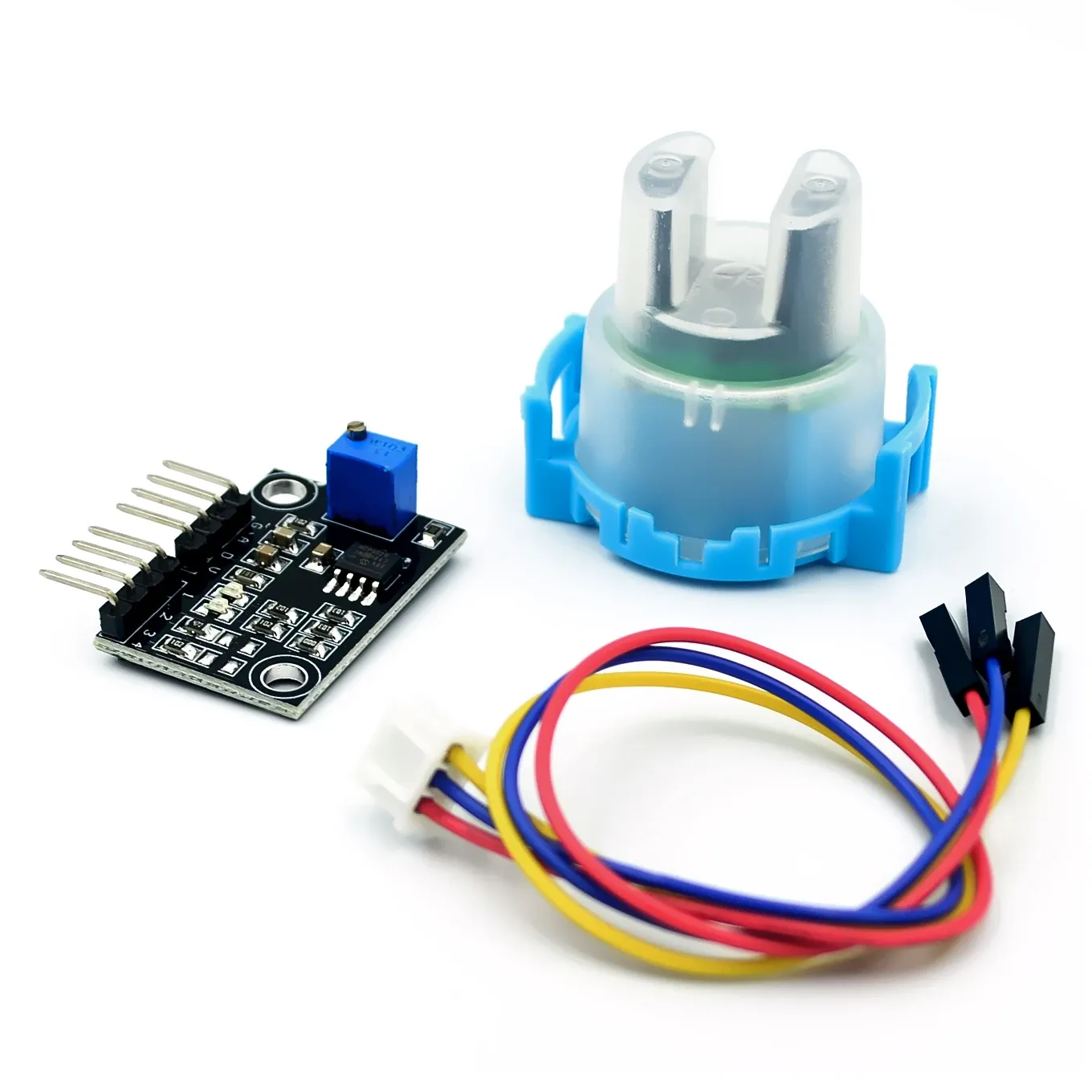
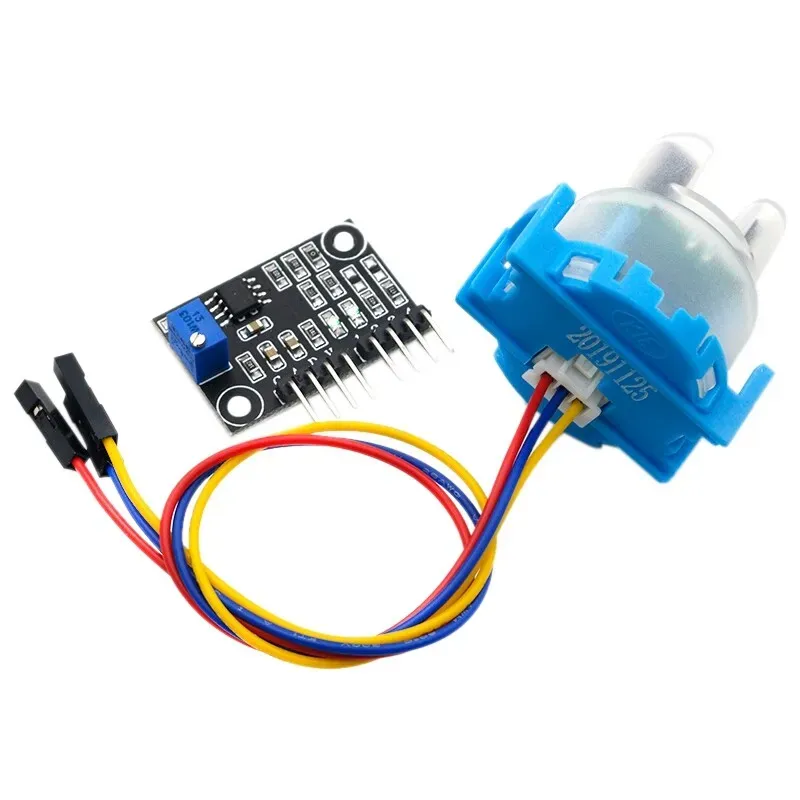

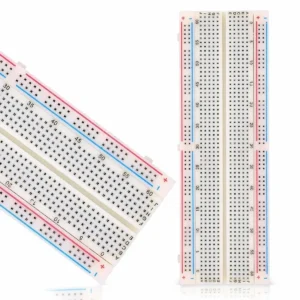
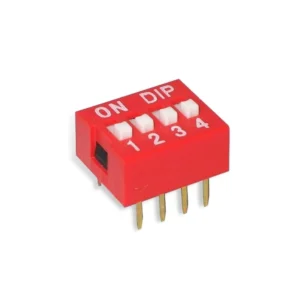


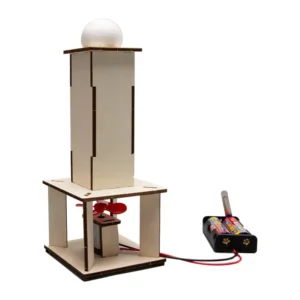
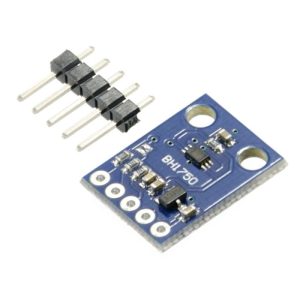
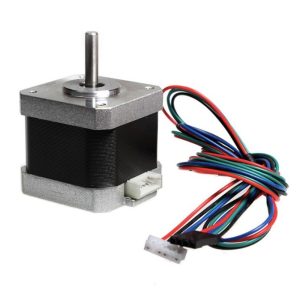
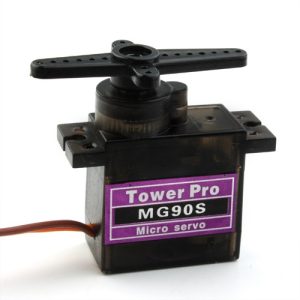
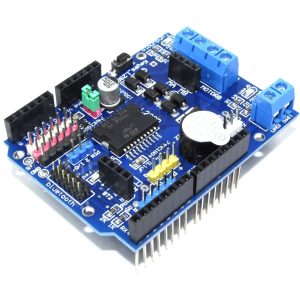
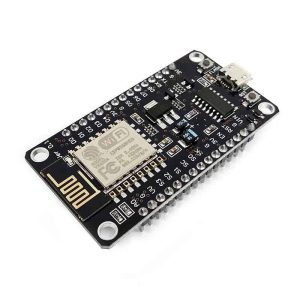

Reviews
There are no reviews yet